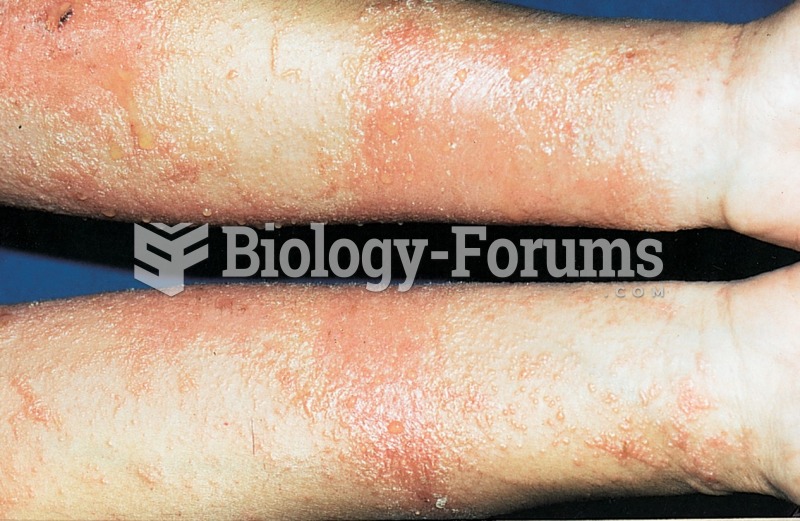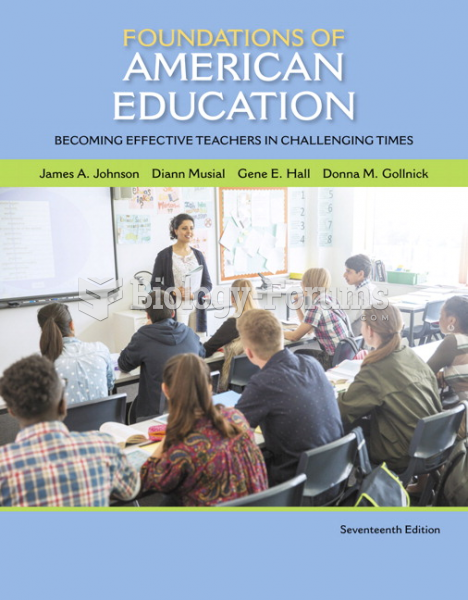A nurse working with a Filipino American client has noted that the client rarely makes eye contact
during their interactions.
The nurse hypothesizes that the reason for lack of eye contact is client low
self-esteem and plans interventions designed to raise the client's self-esteem. After 3 weeks the
client's eye contact has not improved. The nurse's clinical supervisor suggests that a problem exists
with the assessment and plan. The most accurate formulation of the problem is
a. the client's poor eye contact is indicative of anger and hostility that are going
unaddressed.
b. the client's eye contact should have been directly addressed by role playing to
increase comfort with eye contact.
c. the nurse should have considered the client's culture during the assessment and
before making a plan.
d. the nurse should not have independently embarked on assessment and planning.
Question 2
The community psychiatric nurse notes that a client with schizophrenia has remained stable in the
community for 6 weeks after discharge from the hospital.
Two weeks after making this notation in
the medical record, the nurse is called by the client's husband to say that the client is delusional and
explosive. During the home visit the nurse learns that the client is willing to take medication, but
when her 90-day supply ran out she had none to take. The nurse arranges for a prescription refill. To
avoid recurrence of this situation
a. the nurse will obtain the prescription refill every 90 days and deliver it to the
client.
b. the client's husband will mark dates to obtain prescription refills on the calendar.
c. the client will report to the hospital for medication follow-up every week.
d. the client will call the nurse weekly to discuss medication-related issues.







